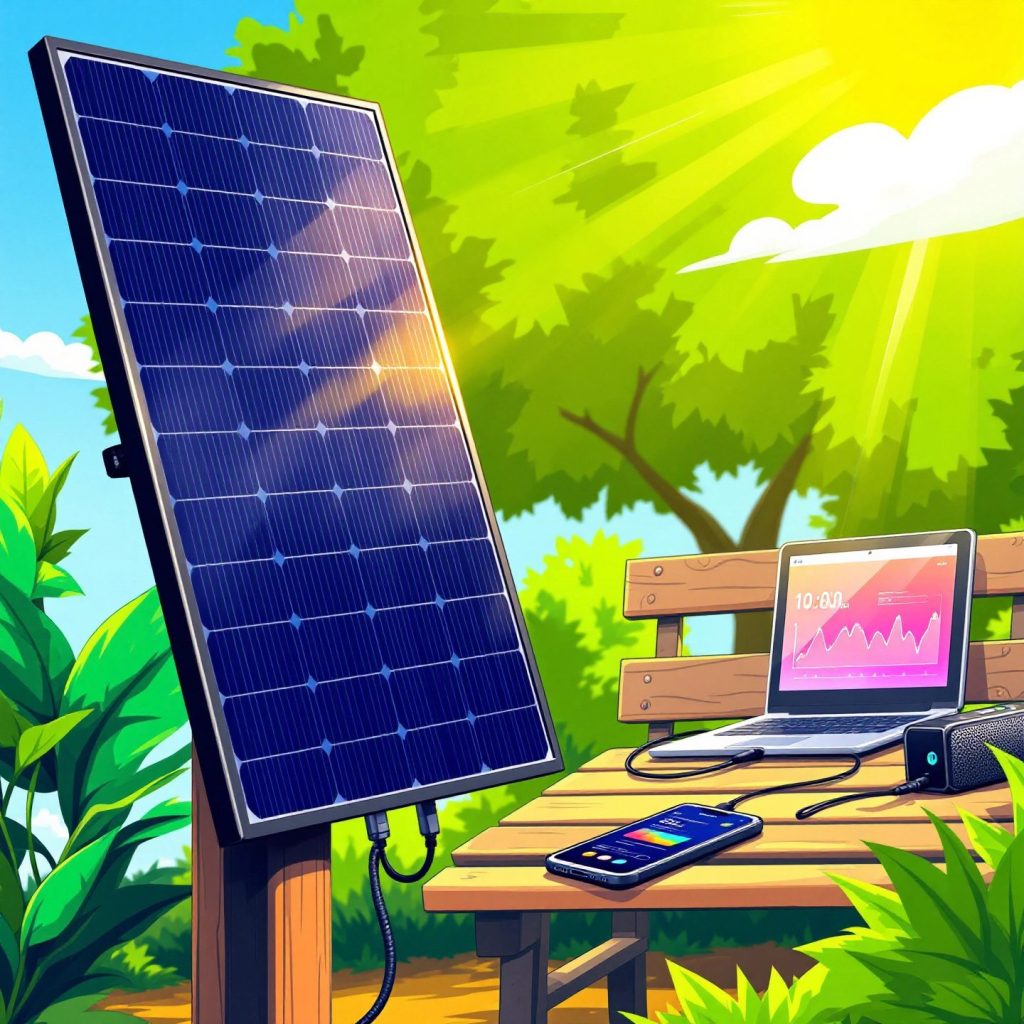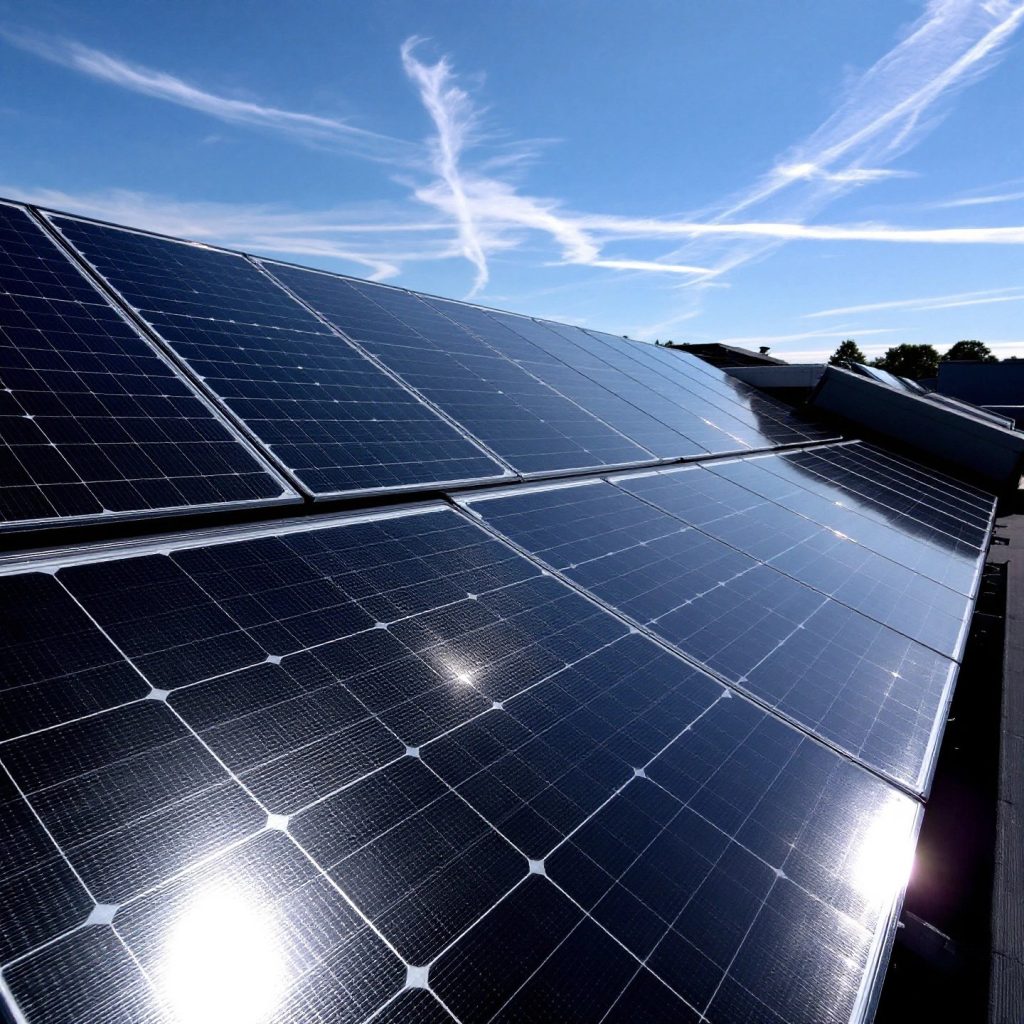Introduction to 100 Watt Solar Panel
Imagine harnessing the power of the sun to fuel your electronic devices, whether you’re at home, on a camping trip, or living off the grid. This is the promise of the 100 watt solar panel, a compact and efficient solution that has gained immense popularity among homeowners, travelers, and off-grid enthusiasts alike. But what exactly is a 100 watt solar panel, and why is it such a sought-after choice?
A 100 watt solar panel is a photovoltaic device designed to convert sunlight into electricity, producing up to 100 watts of power under optimal conditions. This capability makes it a versatile energy source, ideal for powering small appliances such as phones, tablets, and LED lights, as well as serving as a backup during power outages. Its compact size and lightweight design make it particularly appealing for those who value portability and sustainability.
The growing interest in these panels stems from their ability to provide clean, renewable energy without the need for extensive infrastructure. As more people seek to reduce their carbon footprint and embrace sustainable living, the 100 watt solar panel offers an accessible entry point into the world of solar energy.
Throughout this article, we’ll delve into the core features of 100 watt solar panels, explore their construction and material differences, and examine portable and flexible options for unique applications. We’ll also guide you through the process of building a complete solar setup and compare top brands to help you make an informed choice. Whether you’re a seasoned solar enthusiast or a curious beginner, this comprehensive guide will empower you with the knowledge to harness solar energy effectively.
Understanding Core Features Of A 100 Watt Solar Panel
When you think about harnessing solar energy, the 100 watt solar panel often comes to mind as a versatile and efficient choice. But what makes these panels tick? At their core, 100 watt solar panels are composed of solar cells that capture sunlight and convert it into electricity. The construction of these panels primarily involves two types of solar cells: monocrystalline and polycrystalline.
Monocrystalline vs. Polycrystalline Panels
Monocrystalline solar panels are made from single-crystal silicon, which gives them a uniform black appearance. Known for their high efficiency, these panels are ideal for situations where space is limited, as they can produce more electricity per square foot compared to their counterparts. This efficiency stems from the structure of the single crystal, which allows electrons to move more freely, resulting in better performance, especially in low-light conditions.
On the other hand, polycrystalline solar panels are composed of multiple silicon crystals melted together, giving them a distinctive blue hue. While they are generally less efficient than monocrystalline panels, they are more cost-effective, making them a popular choice for larger installations where space is not a constraint. The manufacturing process for polycrystalline panels is simpler and less expensive, contributing to their affordability.
Voltage and Wattage Outputs
The typical voltage output of a 100 watt solar panel is around 18 volts, which is crucial for charging 12-volt batteries commonly used in off-grid systems. These panels can produce a current of approximately 5 to 6 amps under optimal conditions, making them suitable for charging small devices and powering essential gadgets during outdoor adventures or in remote locations.
Understanding the basic construction and capabilities of these panels is essential for anyone considering solar energy. Whether you’re looking to power a small cabin, charge devices on a camping trip, or simply reduce your carbon footprint, the 100 watt solar panel offers a straightforward, efficient solution. With advancements in solar technology, these panels continue to become more accessible and user-friendly, paving the way for a sustainable future.
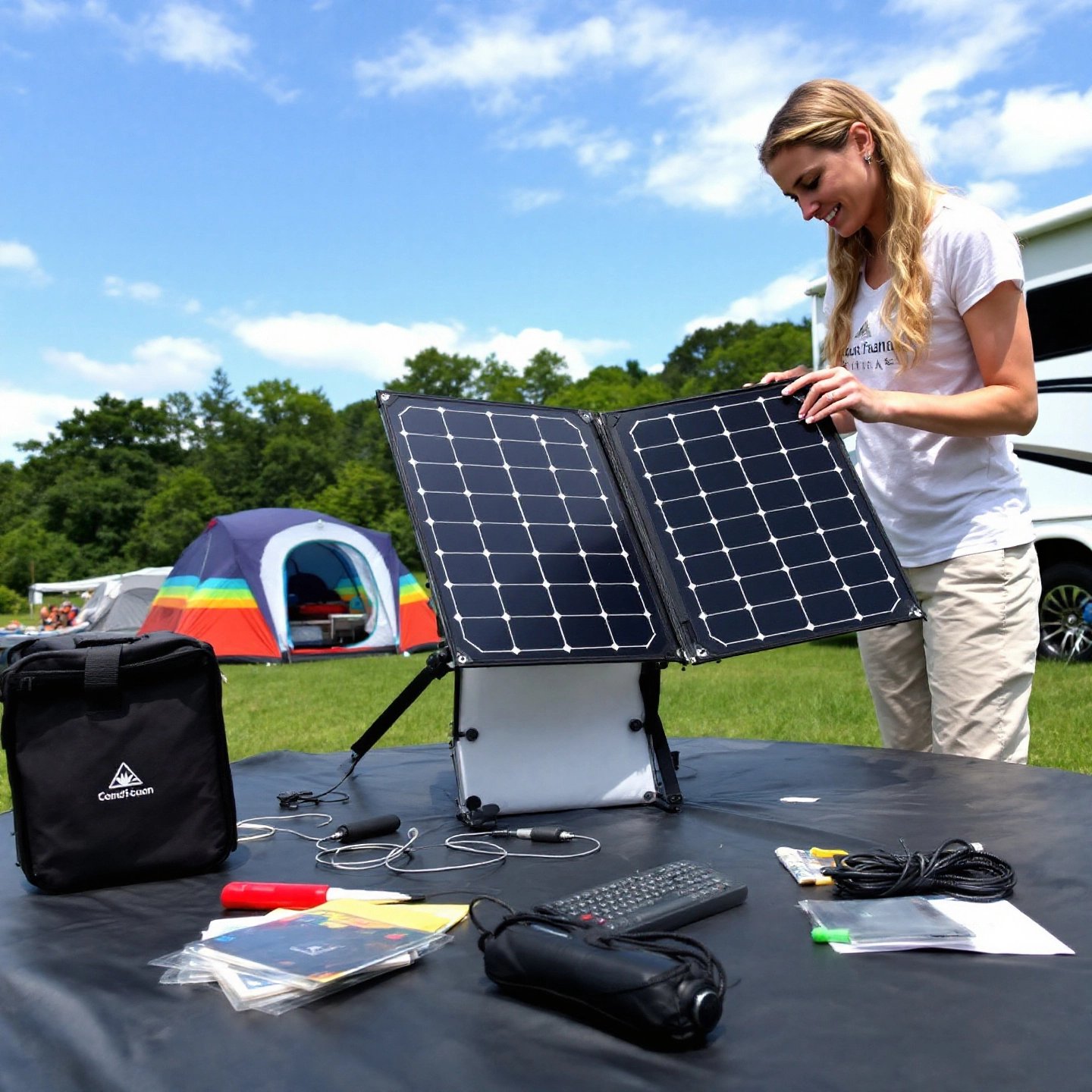
Choosing The Right Portable And Folding Options For Off Grid Living
Imagine setting up camp in the wilderness or parking your RV in a secluded spot, all while having access to reliable power. This is the advantage of using portable and folding solar panels, such as the 100 watt folding solar panel, which are gaining popularity among campers, RV owners, and tiny house dwellers. But how do these panels work, and why are they so beneficial?
Benefits of Portable and Folding Solar Panels
The primary advantage of these panels lies in their portability and ease of use. Unlike traditional rigid panels, a foldable solar panel can be easily transported and set up wherever you need power. Their lightweight design makes them a practical choice for anyone who needs to move frequently or has limited storage space. A typical 100 watt foldable solar panel can be folded into a compact size, making it easy to store in an RV or a tiny home.
Moreover, these panels are designed to be durable and versatile. Many models come equipped with features like kickstands and sundials to help you position them for optimal sunlight absorption, maximizing their efficiency. They can be used to charge a variety of devices directly, thanks to integrated USB ports, or can be connected to a power station for later use.
Considerations for Off-Grid Living
When choosing a portable solar panel for off-grid living, consider factors such as weight, storage space, and mounting flexibility. For instance, a panel like the BioLite SolarPanel 100 weighs about 9.5 lbs and folds down to a compact size, making it easy to carry and store. Its design includes a sundial and kickstand, allowing for quick setup and optimal sun exposure.
Additionally, think about the environmental conditions your panel will face. Many folding solar panels are built to withstand light rain and minor impacts, but it’s crucial to avoid prolonged exposure to harsh weather conditions to maintain their longevity and performance.
In conclusion, a 100 watt folding solar panel is an excellent choice for those seeking a flexible and efficient power source for off-grid adventures. By understanding their benefits and considering your specific needs, you can select a panel that will reliably power your journey, whether it’s a weekend camping trip or a long-term off-grid lifestyle.
Exploring Flexible Installations For Unique Spaces
Imagine having the ability to harness solar energy on surfaces that are anything but flat. This is where the 100 watt flexible solar panel comes into play, offering an innovative solution for unique and challenging installations. Unlike traditional rigid panels, flexible solar panels are designed to conform to curved surfaces, making them ideal for boats, RV roofs, and other unconventional spaces.
Advantages of Flexible Solar Panels
The primary advantage of a 100 watt flex solar panel is its lightweight and adaptable design. These panels are typically made from thin, flexible materials that allow them to bend up to a certain degree without breaking. This flexibility is crucial for installations on surfaces that are not perfectly flat, such as the curved roof of an RV or the deck of a boat. The reduced weight of these panels also makes them easier to handle and install, reducing the strain on the mounting surface.
Another significant benefit is their resilience. Many flexible solar panels are designed to withstand harsh environmental conditions, featuring water resistance and UV protection to ensure longevity and consistent performance. This durability is particularly important for installations on vehicles or marine environments, where exposure to the elements is a constant concern.
Installation Considerations
When installing a 100 watt flexible solar panel, it’s essential to consider the mounting surface and method. According to the Solar 4 RVs mounting guide, improper installation can lead to damage and void warranties. It’s recommended to use suitable adhesives or mounting kits that allow for thermal expansion and contraction, preventing stress on the panel and mounting surface.
Additionally, flexible panels should not be bent excessively or in multiple directions, as this can cause stress on the solar cells and lead to premature failure. Ensuring a proper fit and securing the panel adequately will help maintain its efficiency and extend its lifespan.
In conclusion, the 100 watt flexible solar panel is a versatile and practical choice for those needing solar power on non-traditional surfaces. By understanding their unique advantages and installation requirements, you can effectively harness solar energy in spaces that were previously challenging to equip. As you consider your solar needs, remember that the right panel can transform even the most unconventional space into a source of renewable energy.
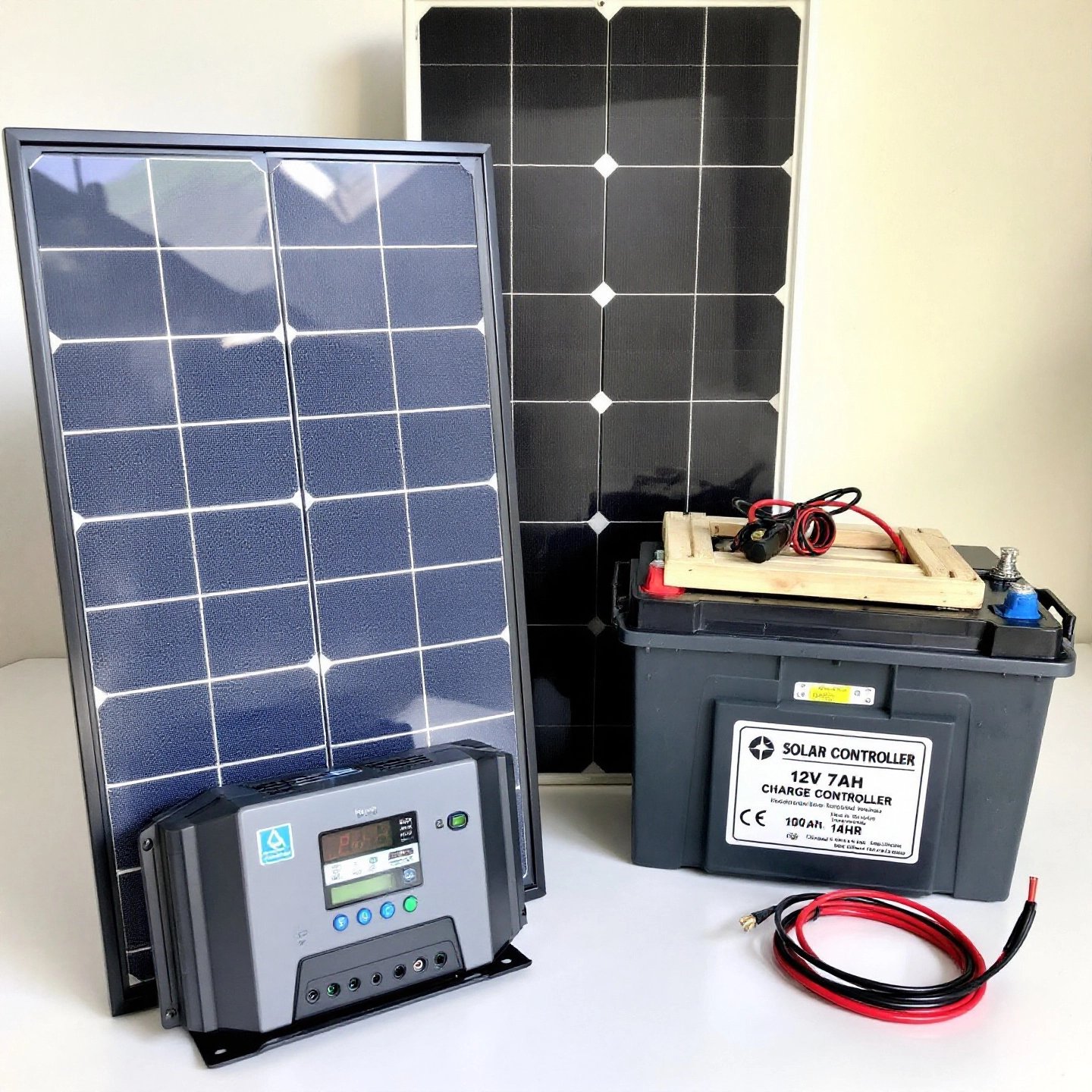
Building A Complete Setup With Basic 100 Watt Solar Kits
Embarking on your solar journey can seem daunting, but a basic 100 watt solar panel kit simplifies the process, making it accessible for beginners. These kits are designed to provide a comprehensive solution, equipping you with all the essential components needed to harness solar energy efficiently.
Key Components of a 100 Watt Solar Panel Kit
At the heart of these kits is the 100 watt solar panel, typically available in both monocrystalline and polycrystalline options, each offering unique benefits. Alongside the panel, a crucial component is the charge controller, which regulates the voltage and current coming from the solar panels to the battery, preventing overcharging and ensuring longevity. A 30-amp solar charge controller is commonly included, providing user-adjustable settings with an LCD display for monitoring system performance.
Additionally, these kits often come with a 100 watt 12 volt solar panel, which is ideal for charging 12-volt batteries used in off-grid systems. Proper wiring is also essential, and most kits include UL-listed solar cables, ensuring safe and efficient power transfer. Mounting hardware is typically provided, allowing for easy installation on various surfaces.
Enhancing Your Setup with Inverters and Batteries
To maximize the utility of your solar panel kit, consider integrating a power inverter and a deep cycle battery. The inverter converts the DC electricity generated by the solar panels into AC electricity, which is used by most household appliances. A 1500-watt inverter is a popular choice, offering sufficient power for small to medium-sized devices.
Pairing your system with a 100ah AGM deep cycle battery provides reliable energy storage, ensuring you have power even when the sun isn’t shining. This setup is particularly beneficial for RVs, cabins, and boats, where consistent power availability is crucial.
Why Choose Renewable Energy Nexus?
For those new to solar energy, Renewable Energy Nexus offers beginner-friendly kit bundles and expert guidance. Their commitment to providing high-quality, sustainable solutions makes them an excellent choice for anyone looking to reduce their carbon footprint and embrace renewable energy. With a range of options tailored to different needs, Renewable Energy Nexus ensures you have the support and resources necessary to successfully implement your solar setup.
In conclusion, a 100 watt solar panel kit is an excellent starting point for anyone interested in solar energy. By understanding the components and enhancing your setup with additional accessories, you can create a reliable and efficient power source that supports your off-grid lifestyle. Whether you’re powering a small cabin or an RV, these kits provide a practical and eco-friendly solution to your energy needs.
Comparing Top Brand Specific Panels For Different Needs
When selecting a 100 watt solar panel, choosing the right brand is crucial to ensure you meet your specific energy needs. Renogy, Coleman, and Jackery are among the top contenders in the market, each offering unique advantages tailored to various applications.
Renogy: A Trusted Name in Solar Solutions
Renogy’s 100 watt solar panel is renowned for its reliability and efficiency, making it a favorite among both beginners and seasoned solar enthusiasts. Known for their high efficiency rates, Renogy panels are particularly effective in maximizing energy capture, even in low-light conditions. This makes them an excellent choice for residential setups where consistent power is a priority.
Renogy panels come with a robust warranty, often extending up to 25 years, which speaks to their durability and the company’s confidence in their product. Additionally, Renogy offers comprehensive customer support, ensuring users have access to expert guidance when needed. Whether you’re powering a small home or an RV, Renogy provides a reliable solution that balances cost and performance effectively.
Jackery: Portability and Ease of Use
For those prioritizing portability, the Jackery 100 watt solar panel stands out. Jackery is well-known for its lightweight, portable power solutions that are ideal for outdoor enthusiasts and those living off-grid. Their panels are designed for easy setup and use, making them perfect for camping trips or as a backup power source.
Jackery’s products are praised for their ease of use and portability, though they may come at a higher price point compared to traditional setups. The proprietary nature of their connections can be a downside, as it limits compatibility with non-Jackery systems. However, their portability and user-friendly design make them a top choice for those who need power on the go.
Coleman: Affordable and Accessible
Coleman offers a more budget-friendly option with their 100 watt solar panels. Known for their affordability, Coleman panels provide a good balance between cost and functionality, making them accessible to a wide range of users. While they may not boast the same efficiency rates as Renogy, they offer a practical solution for those looking to dip their toes into solar energy without a significant financial commitment.
Coleman’s panels are backed by a solid warranty and are supported by customer service that caters to both novice and experienced users. This makes them a great option for those looking to explore solar energy without breaking the bank.
Making the Right Choice
When selecting a 100 watt solar panel, consider your specific needs and how each brand aligns with them. Renogy offers high efficiency and reliability, Jackery provides unmatched portability, and Coleman delivers affordability. Each brand has its strengths, and the right choice depends on your personal or commercial requirements. For those seeking expert guidance and a comprehensive range of options, Renewable Energy Nexus offers a variety of solar panel solutions to suit diverse needs.
By understanding the unique offerings of each brand, you can make an informed decision that ensures your solar setup is both efficient and tailored to your specific requirements. Whether you need a robust solution for home use or a portable system for adventures, there’s a 100 watt solar panel out there that fits your needs perfectly.
Examining Harbor Freight And Thunderbolt Solutions
In the realm of budget-friendly solar solutions, Harbor Freight and Thunderbolt 100 watt solar panel kits have carved out a niche for themselves, appealing to DIY enthusiasts and those seeking cost-effective options for their solar needs. But what makes these kits stand out, and how do they compare to more specialized brands?
Target Users and Affordability
The Harbor Freight 100 watt solar panel kit is particularly popular among beginners and hobbyists who are exploring solar energy without a hefty investment. Priced competitively, these kits offer an accessible entry point into solar power, often available at local stores with the convenience of immediate purchase. The Thunderbolt series, a staple at Harbor Freight, is known for its affordability, with frequent discounts and coupons making them even more attractive. These kits typically include basic components such as the solar panel, charge controller, and necessary wiring, providing a straightforward setup for small-scale applications.
Quality and Potential Upgrades
While the price point is appealing, potential buyers should be aware of certain quality considerations. Reviews suggest that the Harbor Freight panels, while functional, may not match the efficiency and durability of higher-end brands. Issues such as less robust connectors—like the often-criticized SAE connectors—are common, which can lead to inefficiencies in energy transfer. Users frequently upgrade these connectors to more reliable options like MC4 connectors to enhance performance.
Moreover, the physical build of these panels, while portable, may lack the ruggedness required for long-term outdoor exposure. Users have noted that the plastic components might not withstand prolonged UV exposure, which could affect longevity. However, for those willing to make minor modifications, these panels can serve as a practical solution for temporary or emergency setups.
User Feedback and Comparisons
User feedback on platforms like DIY Solar Forum highlights a mixed reception. Many appreciate the immediate availability and low cost but often recommend these kits for non-critical applications or as learning tools. Comparatively, specialized brands like Renogy offer higher efficiency and more durable construction, albeit at a higher price point.
In summary, Harbor Freight and Thunderbolt 100 watt solar panel kits are ideal for those on a budget or new to solar energy. They provide a basic yet functional setup that can be enhanced with user modifications. However, for those seeking long-term reliability and efficiency, investing in more established brands might be the better choice. As you weigh your options, consider your specific needs and how these kits align with your solar goals.
Powering Essential Devices With A 100 Watt System
Imagine having the freedom to power your essential devices wherever you go, whether it’s in the comfort of your home or the great outdoors. With a 100 watt solar panel, this is entirely possible. But what exactly can a 100 watt solar panel power, and how can you optimize its use?
Understanding What You Can Power
A 100 watt solar panel is ideal for small-scale applications, providing enough energy to power devices like laptops, LED lights, and phone chargers. For instance, a typical laptop consumes about 50 watts, meaning you can easily keep it running with a 100 watt panel. LED lights, known for their energy efficiency, consume even less power, making them perfect companions for solar setups. A single LED bulb can use as little as 10 watts, allowing you to light up multiple bulbs simultaneously.
Moreover, small refrigerators designed for camping or RV use can also be powered, provided they have a low wattage rating. However, it’s crucial to note that running larger appliances continuously might require additional panels or a power station to store excess energy.
Balancing Energy Consumption
To maximize the utility of your solar panel, understanding and calculating energy consumption is key. A 100 watt solar panel typically generates between 300 to 600 watt-hours of energy per day, depending on sunlight availability. This means during peak sunlight hours, you can harness the most power. However, during off-peak times, such as cloudy days or nighttime, stored energy becomes crucial.
Using a battery storage system can help balance your energy needs by storing excess power generated during peak sunlight for use when the sun isn’t shining. This ensures that your devices remain powered even when direct sunlight is unavailable.
Importance of Battery Capacity and Inverter Efficiency
When setting up a 100 watt solar panel system, two components are vital for efficiency: the battery and the inverter. The battery stores the energy, and its capacity determines how much power you can save for later use. A deep cycle battery is recommended for solar setups as it can be discharged and recharged repeatedly without damage.
The inverter, on the other hand, converts the DC power generated by the solar panel into AC power, which is used by most household devices. Choosing an inverter with high efficiency ensures minimal energy loss during this conversion, maximizing the power available for your devices.
In conclusion, a 100 watt solar panel can effectively power a range of small devices, making it a versatile tool for both everyday needs and outdoor adventures. By understanding energy consumption and optimizing your setup with the right components, you can ensure a reliable and sustainable power source. As you explore the potential of solar energy, remember that even a modest setup can significantly enhance your energy independence and sustainability.
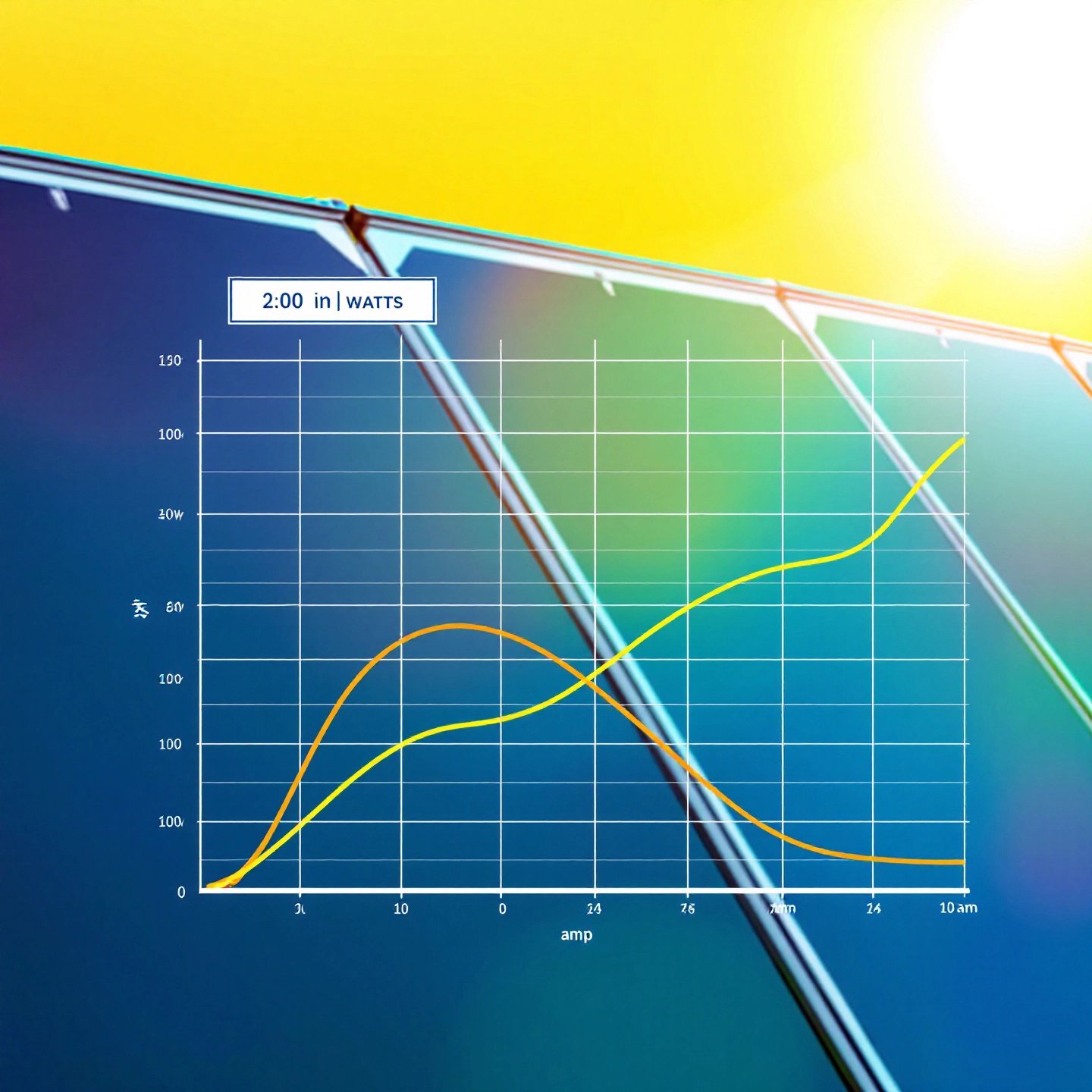
Assessing Performance And Amps For Long Term Value
When you invest in a 100 watt solar panel, understanding how it performs in various conditions is crucial to maximizing its value. So, how many amps can a 100 watt solar panel produce, and what factors influence its performance?
Amps in Optimal vs Real-World Conditions
Under optimal conditions, a 100 watt solar panel can produce approximately 5 to 6 amps per hour. This is typically measured under Standard Test Conditions (STC), which include a solar irradiance of 1000 watts per square meter and a cell temperature of 25°C. However, real-world conditions often vary, affecting the actual output. Factors such as panel orientation, shading, and weather conditions can reduce the amperage output. For instance, on a cloudy day, the output might drop significantly, highlighting the importance of considering local climate when planning your solar setup.
To calculate the expected output in real-world conditions, consider the average peak sun hours in your location. Multiply the panel’s amp output by these hours to estimate daily amp-hour production. For example, if you receive an average of 4 peak sun hours, a 100 watt panel might produce around 24 amp-hours per day.
Understanding Wattage, Voltage, and Current
The relationship between wattage, voltage, and current is fundamental in assessing solar panel performance. Using the formula Watts = Volts x Amps, you can determine that a 100 watt panel with a typical voltage of 18 volts will produce around 5.5 amps. This calculation is essential for sizing your solar system, ensuring your battery storage and inverter match the panel’s output.
Panel prices can vary based on efficiency, brand, and technology. For instance, monocrystalline panels, known for higher efficiency, might be priced higher than polycrystalline options. Balancing cost with performance needs is key to making an informed purchase.
Maximizing Performance with Renewable Energy Nexus
For those seeking to optimize their solar panel system, Renewable Energy Nexus offers advanced resources and personalized advice. Their expertise can guide you in selecting the right components and configurations to enhance your system’s efficiency and longevity. Whether you’re a beginner or an experienced solar user, leveraging their insights can help you achieve a more sustainable and cost-effective energy solution.
In conclusion, understanding the amps produced by a 100 watt solar panel and its performance in various conditions is crucial for long-term value. By considering factors such as local climate, panel orientation, and the right equipment, you can optimize your solar setup for reliable and efficient energy production. As you explore solar options, remember that expert guidance from platforms like Renewable Energy Nexus can further enhance your solar journey.
Conclusion to 100 Watt Solar Panel
As we conclude our exploration of the 100 watt solar panel, it’s clear that these compact powerhouses offer numerous benefits, making them a valuable addition to any energy-conscious lifestyle. Their versatility and efficiency make them ideal for a range of applications, from powering small devices during outdoor adventures to serving as a reliable backup during power outages at home.
The benefits of a 100 watt solar panel extend beyond mere convenience. By embracing solar energy, you are contributing to a more sustainable and eco-friendly future. Solar panels reduce reliance on fossil fuels, lower carbon emissions, and can significantly decrease your electricity bills, making them a cost-effective investment in the long run. Constellation Energy highlights that solar energy systems can even increase property value, offering financial benefits alongside environmental ones.
To maximize the efficiency of your solar setup, it’s crucial to select the right components and ensure proper installation. Consider the unique needs of your environment and energy consumption when choosing between monocrystalline and polycrystalline panels. Additionally, integrating components like efficient inverters and battery storage systems can enhance your system’s performance and reliability.
As you embark on your solar journey, don’t hesitate to seek professional assistance for installation or component upgrades. Platforms like Renewable Energy Nexus offer expert guidance and resources to help you navigate the complexities of solar technology, ensuring a seamless transition to solar power.
In embracing the solar energy lifestyle, you’re not only empowering your future but also contributing to a cleaner, more sustainable world. Explore further resources, stay informed about advancements in solar technology, and consider the long-term benefits of investing in a 100 watt solar panel system. With the right approach, you can harness the power of the sun to fuel your life sustainably and efficiently.
Frequently Asked Questions
1. Will a 100W solar panel run a fridge?
A 100W solar panel can power a small fridge for brief periods, but you’ll need a battery for consistent use. Typically, multiple panels are required for continuous operation.
2. What size battery is needed for a 100W solar panel?
A 100Ah 12V battery is recommended for a 100W solar panel. This setup ensures sufficient storage, matching the panel’s output to power small devices efficiently.
3. Can a 100 watt solar panel charge a 12V battery?
Yes, a 100 watt solar panel is ideal for charging a 12V battery, providing enough power to maintain the battery’s charge for small-scale applications.
4. What can you power with a 100 watt solar panel?
A 100 watt solar panel can power laptops, LED lights, and phone chargers. For larger appliances, consider additional panels or a power station.
5. How many amps does a 100 watt solar panel produce?
Under optimal conditions, a 100 watt solar panel produces about 5 to 6 amps per hour. Real-world output varies based on sunlight and panel orientation.

